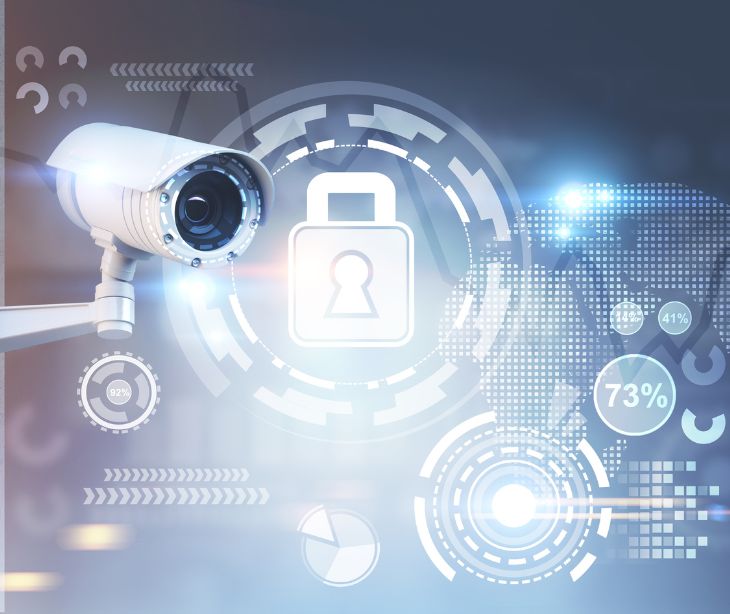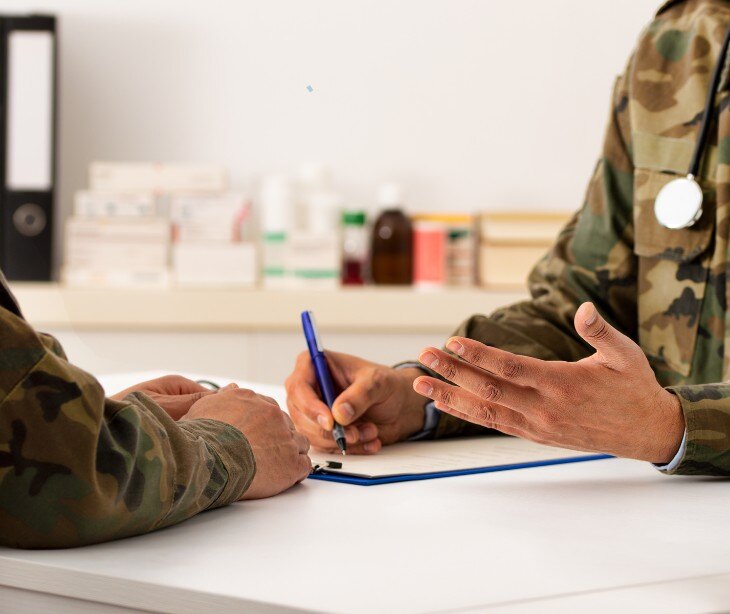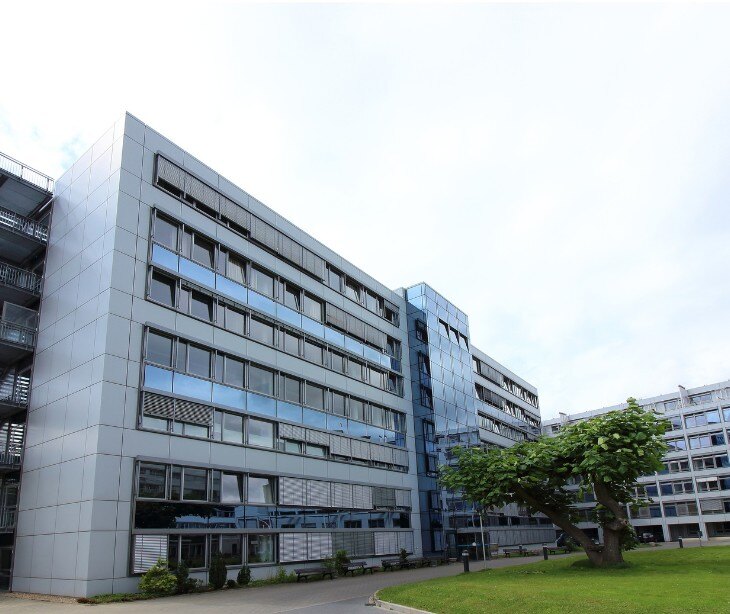
Silverseal Security points out that “most hospitals are considered ‘soft targets’ in terms of security.” Soft targets are high-density areas, like shopping malls, schools, and sports arenas, with multiple access points and often minimal security measures. This can leave them more vulnerable to certain security risks.
While security is a concern in many settings—banks, malls, and restaurants—healthcare facilities need particular attention. These locations safeguard valuable assets, handle sensitive data, and protect the well-being of employees and patients. A well-designed security system helps ensure everyone's safety. Fortunately, advancements in security technology offer effective solutions to safeguard healthcare facilities, even during emergencies or unforeseen events.
The multi-tiered approach to security in healthcare
A security system for healthcare facilities should be multi-tiered, covering various safety aspects. Apart from preventing unauthorized access to restricted areas and after-hours, these systems can also alert occupants to potential hazards and problems. Let's explore the key components of a security system in healthcare facilities:
Access control
Modern access control technology gives healthcare facilities precise control over who enters specific areas and when. This is particularly important in securing areas where sensitive data is stored. Intelligent settings enable facility managers to grant access to authorized personnel only on specific days and times, providing the ultimate level of security control.
Read more: Access control systems in healthcare
Building automation control
Managing a large healthcare facility's security system, lights, and temperatures can be challenging. Building automation control allows facility managers to monitor and control these aspects remotely. This streamlines operations and enhances overall security by ensuring all systems function optimally.
Emergency process control
Situational awareness security control (SASC) systems integrate all security systems within a healthcare facility to transmit real-time information to the appropriate individuals and rescue personnel. In addition to sending alerts, SASC systems provide police and first responders with access to live video feeds, allowing them to assess the situation before taking action. This integration ensures a coordinated response to emergencies and enhances the facility's overall security.
Read also: How does HIPAA define an emergency?
Fire detection systems
Fire detection systems are a fundamental part of security in healthcare facilities. These systems promptly alert occupants and rescue personnel at the first sign of a fire, enabling quick evacuation and preventing potential loss of life and property damage.
Gunshot monitoring
Incorporating gunshot monitoring as part of a SASC system is necessary for healthcare facilities. These systems detect the sound of gunshots and shouting, alerting authorities to potential threats. This helps ensure a swift response and aids in identifying individuals who may be injured, held hostage, or unable to seek help themselves.
License plate registration
License plate recognition (LPR) systems automatically capture images of any license plate within a camera's view. This technology provides law enforcement with a record of suspect vehicles involved in potential crimes. By quickly identifying the license plate numbers, LPR systems aid in investigating and apprehending suspects.
Lockdown
Having specific doors locked to prevent entry can save lives during an active shooter situation. Security systems with automatic lockdown settings can activate when gunshots are detected, creating barriers that impede unauthorized individuals from accessing certain areas.
Panic monitoring
Silent alarms are essential when a hold-up occurs, especially in facilities handling large quantities of controlled substances. These alarms discreetly notify authorities if someone on the premises is acting in a threatening or unusual manner. Panic/hold-up monitoring ensures a swift response and helps protect the safety of employees and patients.
Video surveillance, people monitoring, and traffic analysis
Video surveillance systems are not only helpful in identifying suspects after a crime occurs but also in monitoring everyday activities within the facility. People monitoring and traffic analysis systems can detect suspicious behavior or unusual patterns, alerting security personnel when necessary. Additionally, facial recognition technology aids in identifying individuals involved in criminal activities, enhancing overall security measures.
Intrusion monitoring
Monitoring for intrusion after hours or in restricted areas is an important aspect of commercial security systems. By detecting and alerting security personnel to unauthorized access attempts, these systems help prevent potential threats and ensure the facility's and its occupants' safety.
Voice evacuation
Every healthcare facility should have an emergency evacuation plan in place. Voice evacuation systems guide occupants to the appropriate exit points during emergencies, mainly when confusion arises. Clear and concise instructions can save lives and ensure a swift and orderly evacuation process.
Water and temperature monitoring
Costly leaks and frozen pipes can cause significant damage to any commercial building, including healthcare facilities. Water and temperature monitoring systems provide facility managers with real-time alerts if a leak occurs or temperatures exceed or fall below an acceptable range. Preventive measures mitigate potential damage and ensure the safety and functionality of the facility.
Related: Security controls in healthcare
FAQs
What are effective strategies for securing healthcare facilities?
Effective strategies include using multi-factor authentication for access, encrypting patient data, conducting regular security assessments, and limiting physical access to sensitive areas.
How can healthcare facilities protect electronic health records (EHRs)?
Facilities should implement encryption, secure access controls, and regularly update software. Routine monitoring and secure data transmission protocols are also needed to safeguard EHRs.
What physical security measures should be in place at healthcare facilities?
Healthcare facilities should have restricted access to sensitive areas, use surveillance systems, secure patient records, and employ key card or biometric entry systems to limit access to authorized personnel.
Why is ongoing staff training crucial for healthcare security?
Ongoing training helps staff recognize security threats like phishing, understand proper handling of sensitive data, and stay updated on security protocols, reducing the risk of breaches.
How do routine security audits improve healthcare facility safety?
Regular security audits help identify potential vulnerabilities, verify compliance with security regulations like HIPAA, and ensure that data protection measures are functioning as intended.
Subscribe to Paubox Weekly
Every Friday we'll bring you the most important news from Paubox. Our aim is to make you smarter, faster.




